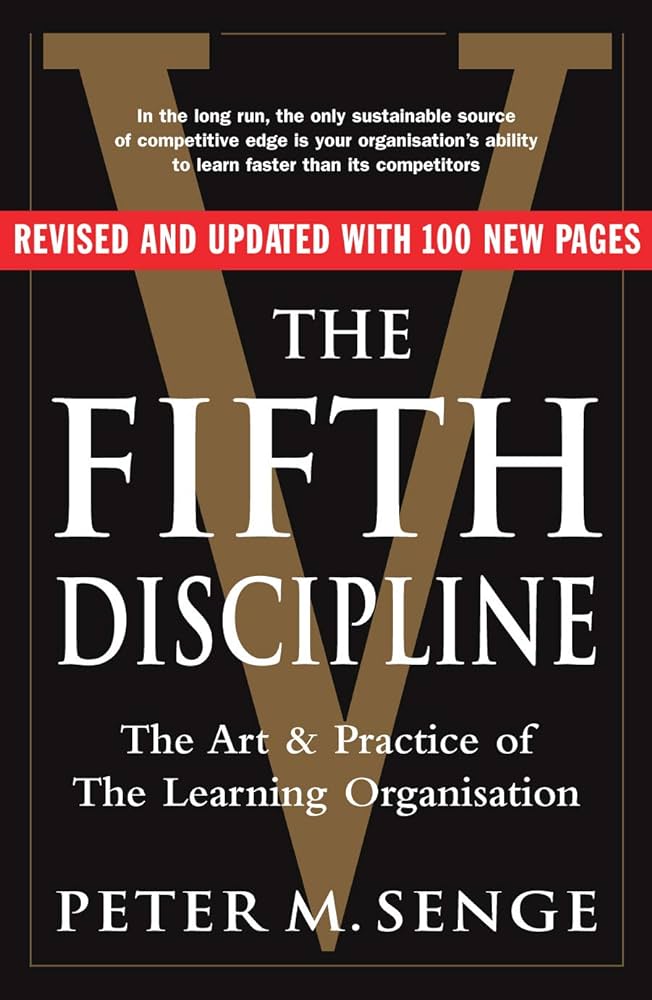What You Do Is Who You Are: How to Create Your Business Culture
RATING


In the book What You Do Is Who You Are: How to Create Your Business Culture, Ben Horowitz takes a unique approach to exploring how cultures are develop and how leader’s decisions and environmental circumstances help to build successful cultures. The book is both a history lesson and a resource to refer to in explaining how and why cultures develop and persist. Ben Horowitz is a billionaire businessman and investor who co-founded the Andressen Horowitz venture capital firm. He is also a New York times bestselling author, and a modern management expert.
What You Do Is Who You Are: How to Create Your Business Culture, has everything you need to know right in the name of the book. The gist of the book is that actions speak greater than any words ever could. Thus, it doesn’t matter what your company has written on a board, or what you promise to whom, but that company culture starts and ends with the actions of the people working there. In this book Horowitz tackles the well-known and written about field of company culture through the unique lens of the development of different cultures throughout history. Horowitz for a large chunk of this book uses culture stories including examples like the Haitian Slave Rebellion, the Bushido Samurai, and Genghis Khan. Horowitz deeply analyzes these stories from throughout history building narratives on how cultures and built, developed and even destroyed.
As Horowitz explains throughout the book, company culture is about the behavior and decision making exhibited by employees during every task they do from note taking during meetings to big company wide directives. Horowitz synthesizes his explanations and ideas by using history and the impact of the main protagonists in these stories, which are about great cultural change, what worked, and why. He then connects those stories through common themes to business and world leaders today such as Netflix’s Reed Hastings, Uber’s Travis Kalanick, and Hillary Clinton. This book accomplishes its main goal of answering the age-old question of “How do we know who we are, and what can we do about it?” by making connections between ancient and modern culture stories.
This book is a genuinely fascinating read. The way in which Horowitz conveys and explores stories through out history while dissecting them and then linking them to modern day examples and explaining how and why culture shifts occur is truly captivating. He provides a real analysis of the world around us, describes in detail that things won’t be perfect, and states that life is sometimes going to be messy. It provides useful life and business lessons and does a good job of providing an exciting new way to describe a topic that has been written about by everyone and their mother.
This book is not a boring read. Unfortunately, though, the very aspect which makes it captivating, interesting, and exciting is also fundamentally flawed. Horowitz uses many examples from throughout ancient and modern history to provide examples and build narratives about how cultures are developed and changed. While doing this, though, he builds his own interpretations of these historical events. As a result, he builds the narrative of these stories to fit the one he is trying to sell to us. Unfortunately, not everything he says or describes is based in historical realities.
Ben Horowitz has long been fascinated by history, and particularly by how people behave differently than you’d expect. The time and circumstances in which they were raised often shapes them – yet a few leaders have managed to shape their times. In What You Do Is Who You Are, he turns his attention to a question crucial to every organization: how do you create and sustain the culture you want?
To Horowitz, culture is how a company makes decisions. It is the set of assumptions employees use to resolve everyday problems: Should I stay at the Red Roof Inn, or the Four Seasons? Should we discuss the color of this product for five minutes or 30 hours? If culture is not purposeful, it will be an accident or a mistake.
What You Do Is Who You Are explains how to make your culture purposeful by spotlighting four models of leadership and culture-building – the leader of the only successful slave revolt, Haiti’s Toussaint Louverture; the Samurai, who ruled Japan for 700 years and shaped modern Japanese culture; Genghis Khan, who built the world’s largest empire; and Shaka Senghor, a man convicted of murder who ran the most formidable prison gang in the yard and ultimately transformed prison culture.
Horowitz connects these leadership examples to modern case-studies, including how Louverture’s cultural techniques were applied (or should have been) by Reed Hastings at Netflix, Travis Kalanick at Uber, and Hillary Clinton, and how Genghis Khan’s vision of cultural inclusiveness has parallels in the work of Don Thompson, the first African-American CEO of McDonalds, and of Maggie Wilderotter, the CEO who led Frontier Communications. Horowitz then offers guidance to help any company understand its own strategy and build a successful culture.
What You Do Is Who You Are is a journey through culture, from ancient to modern. Along the way, it answers a question fundamental to any organization: Who are we? How do people talk about us when we’re not around? How do we treat our customers? Are we there for people in a pinch? Can we be trusted?
Who you are is not the values you list on the wall. It’s not what you say in company-wide meeting. It’s not your marketing campaign. It’s not even what you believe. Who you are is what you do. This audiobook aims to help you do the things you need to become the kind of leader you want to be – and others want to follow.
For anybody looking to become more engaged with building successful cultures this is worth a read. It provides interesting historical examples while giving you a clear link to how things that happened back then still apply today.
See content on this topic


Sales training for front line along with basic development and coaching principles for line management.
Understanding how leaders must evolve with relation to the evolution of business models, new management models, and the significant changes to the workforce with Digital Natives now making up more than 50% of the workforce globally.
Understand the theory and mechanics of developing and managing a customer-centric and experience-driven corporate culture that is consistent and stable and includes elements of Employee Experience (EX) and Employee Relationship Management (ERM).
Understanding the evolution of leadership styles, management models, organizational structures, performance measurement and guiding change in the evolution of business models from product-centric to customer-centric and even relationship-centric.
Understand how to manage both internal and external digital transformation while considering the landscape for digital business models and the effect on traditional business models. Understanding organizational readiness for transformation and the role of corporate culture in managing transformations.
The changes in consumer behavior, employee behavior, and the evolution of business models in the digital age cause significant difficulties and imperatives for leaders who must develop new skills and evolve their leadership styles to be effective in this fast changing, challenging, and competitive environment.




 Copy Link
Copy Link
 E-mail
E-mail
 LinkedIn
LinkedIn
 Facebook
Facebook
 Telegram
Telegram
 WhatsApp
WhatsApp


















 Go Back
Go Back
Leave a Reply
You must be logged in to post a comment.